- 11 Historic Wildfires That Changed Fire Management Data Reveals - October 4, 2025
- The 1883 Krakatoa Event And Its Global Weather Effects Records Show - October 2, 2025
- How Scientists Use Climate Models To Forecast The Future - October 2, 2025
When Does It Really Get Hottest?
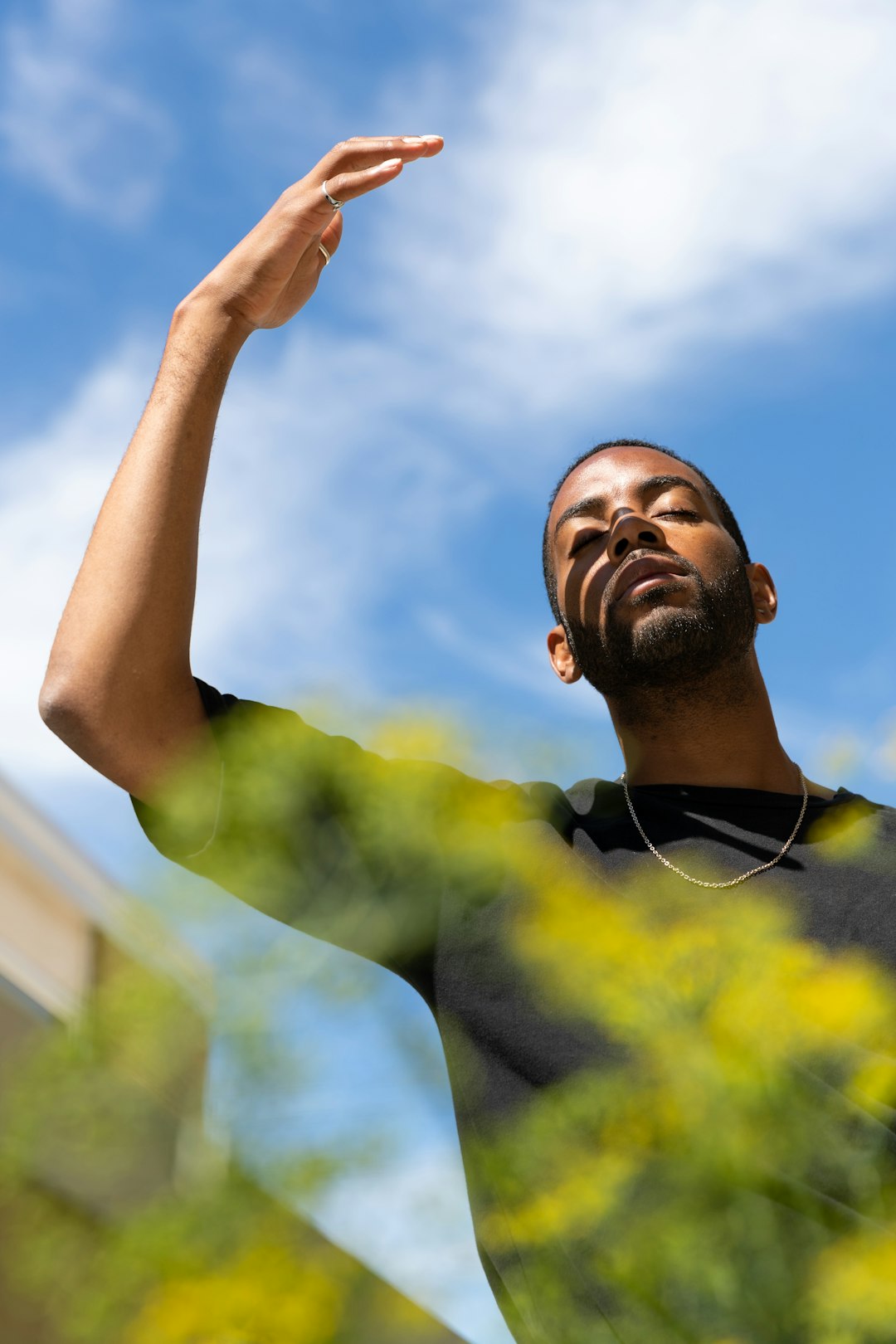
It’s sizzling out there—but have you ever wondered when the hottest day of the year usually occurs in your area? While many assume it’s around the summer solstice, the peak heat in most U.S. locations actually arrives later.
Late July Brings the Heat for Most
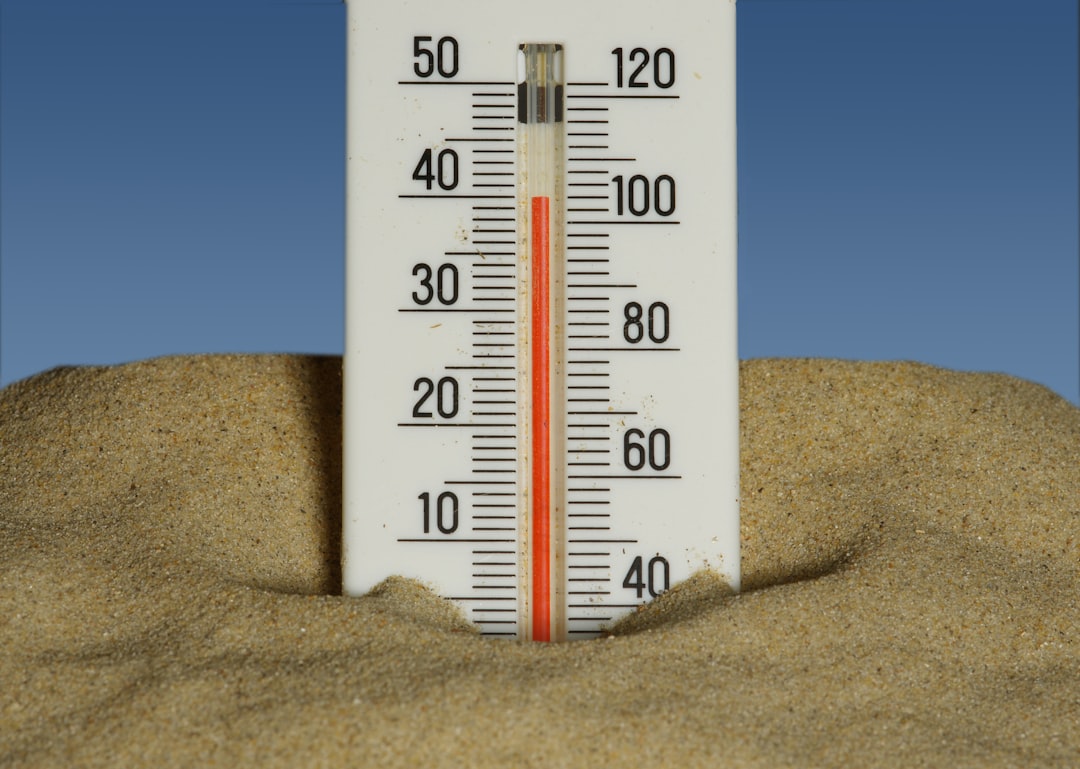
Across much of the United States, the highest average temperatures occur in late July. This pattern is based on a 30-year average of daily mean temperatures. However, not all regions follow this trend. For instance, coastal California is an exception, where the heat tends to build much later.
Coastal California Heats Up in the Fall
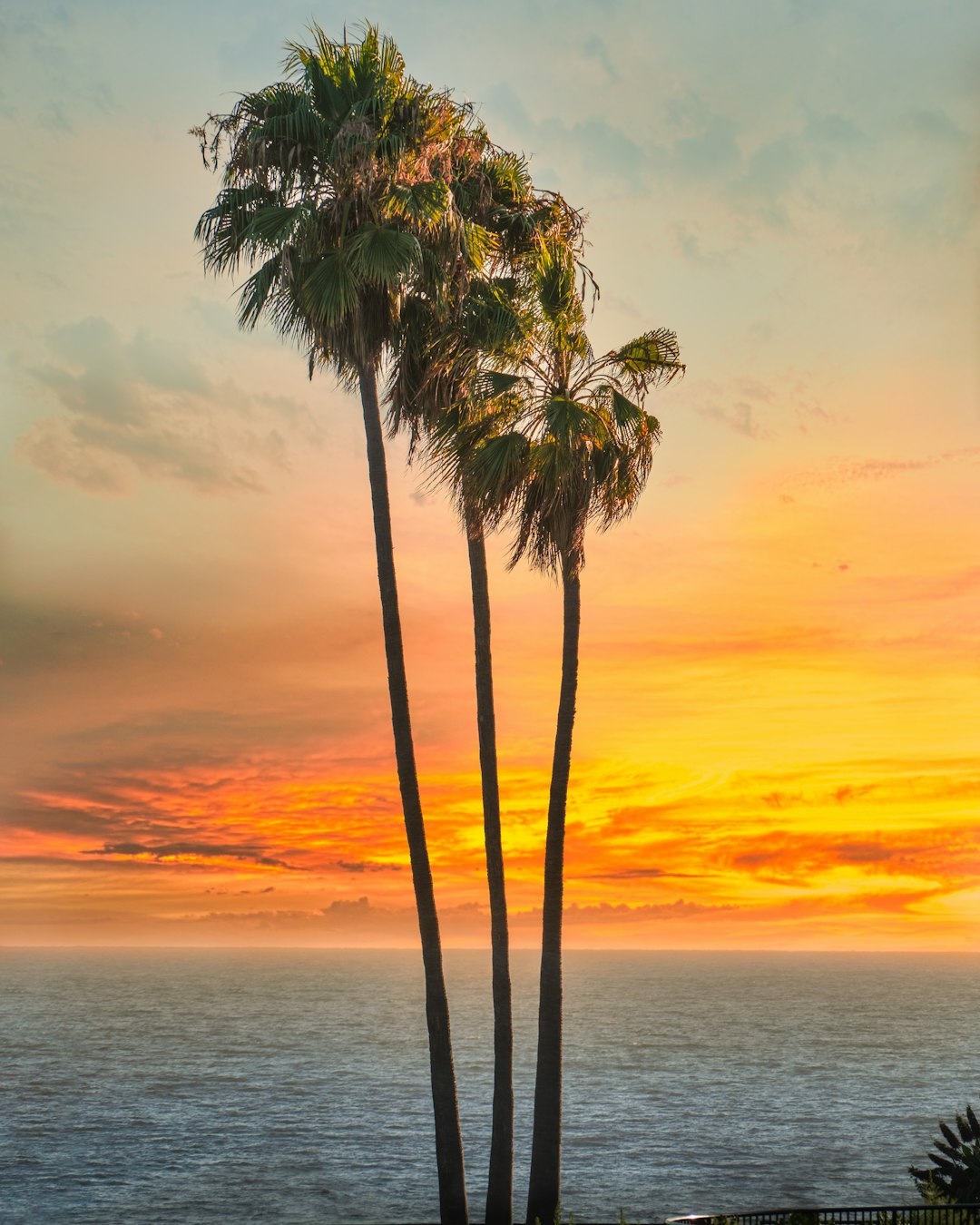
In places like San Francisco, the hottest days don’t typically arrive until September or even October. San Francisco’s average peak falls on October 2—among the latest in the country. This delay is largely due to the presence of marine fog, which helps keep coastal temperatures lower earlier in the season.
Early Peaks in the Desert Southwest
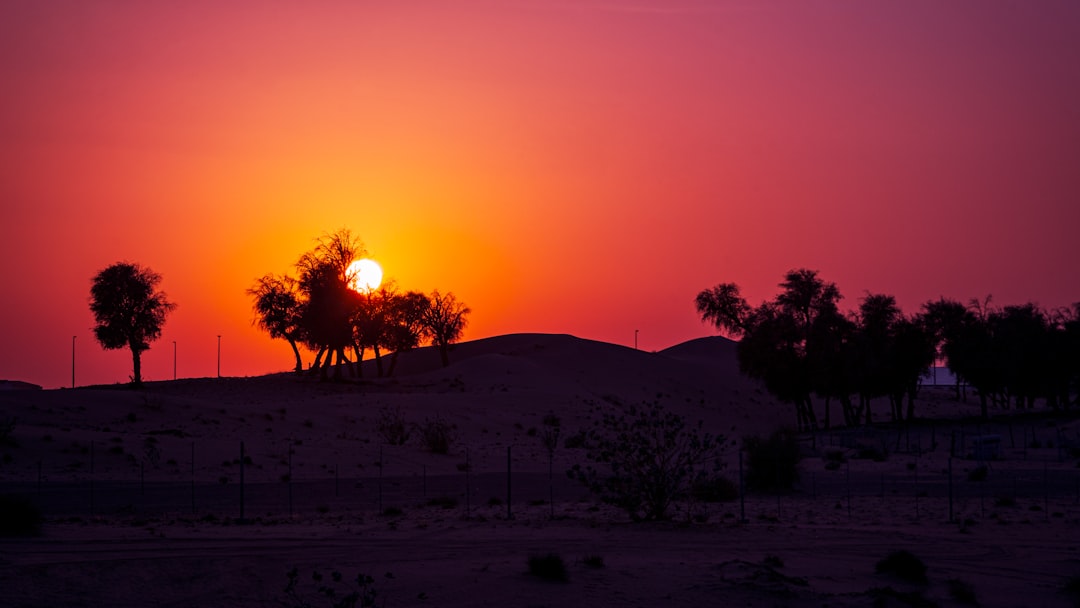
Meanwhile, in the Desert Southwest, maximum temperatures tend to arrive much earlier. Some parts—such as around Terlingua, Texas—see their peak as early as June 11. This early spike happens just before the seasonal monsoon brings moisture and thunderstorms that moderate the heat.
Understanding the Lag Behind the Solstice
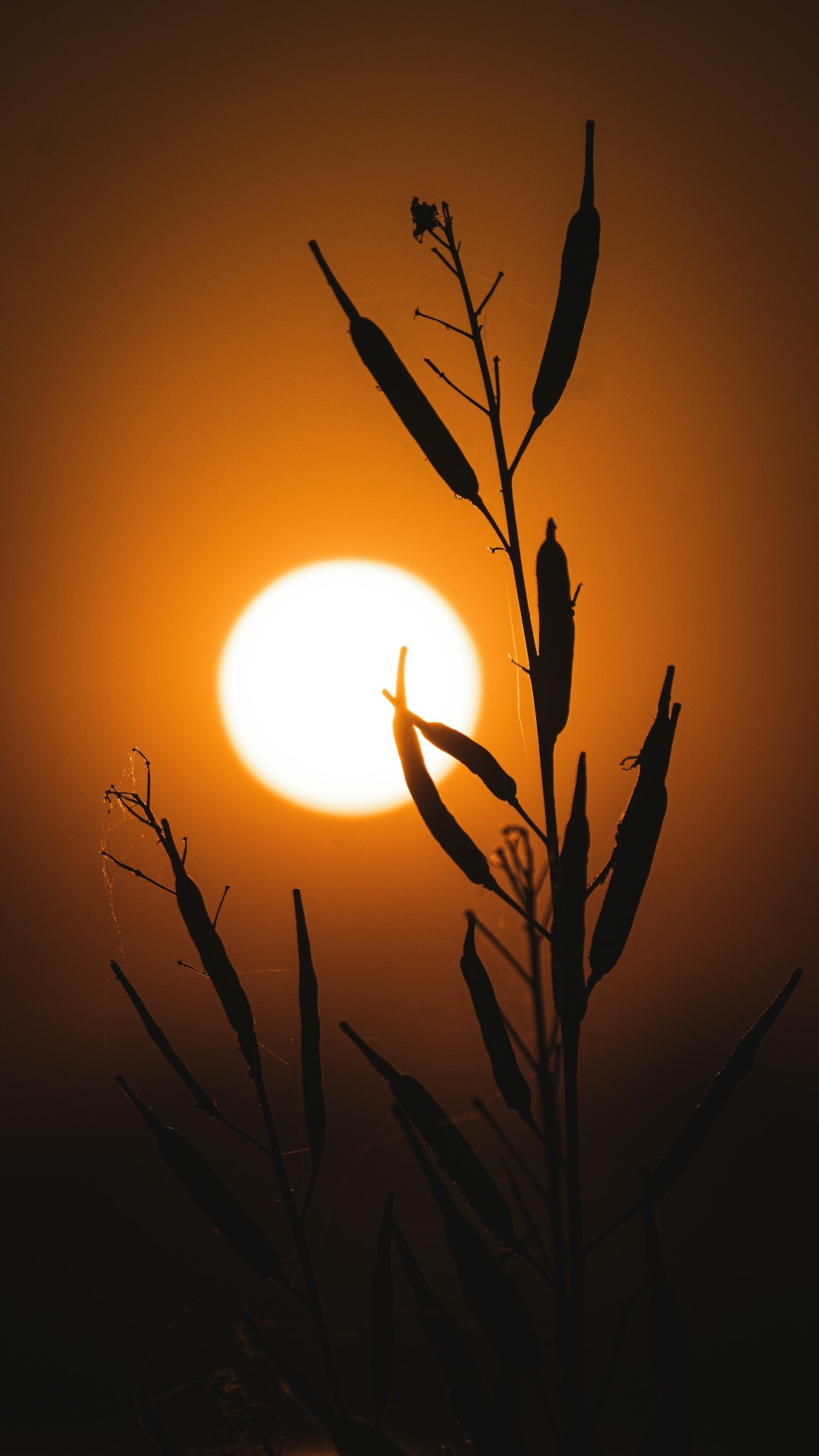
Although the summer solstice is the year’s longest day, it’s not the hottest. That’s because the Earth keeps absorbing more heat than it loses into July. As a result, temperatures continue rising for several weeks past the solstice. While the exact hottest day varies yearly, this general pattern helps with long-term planning, including vacations and events.
